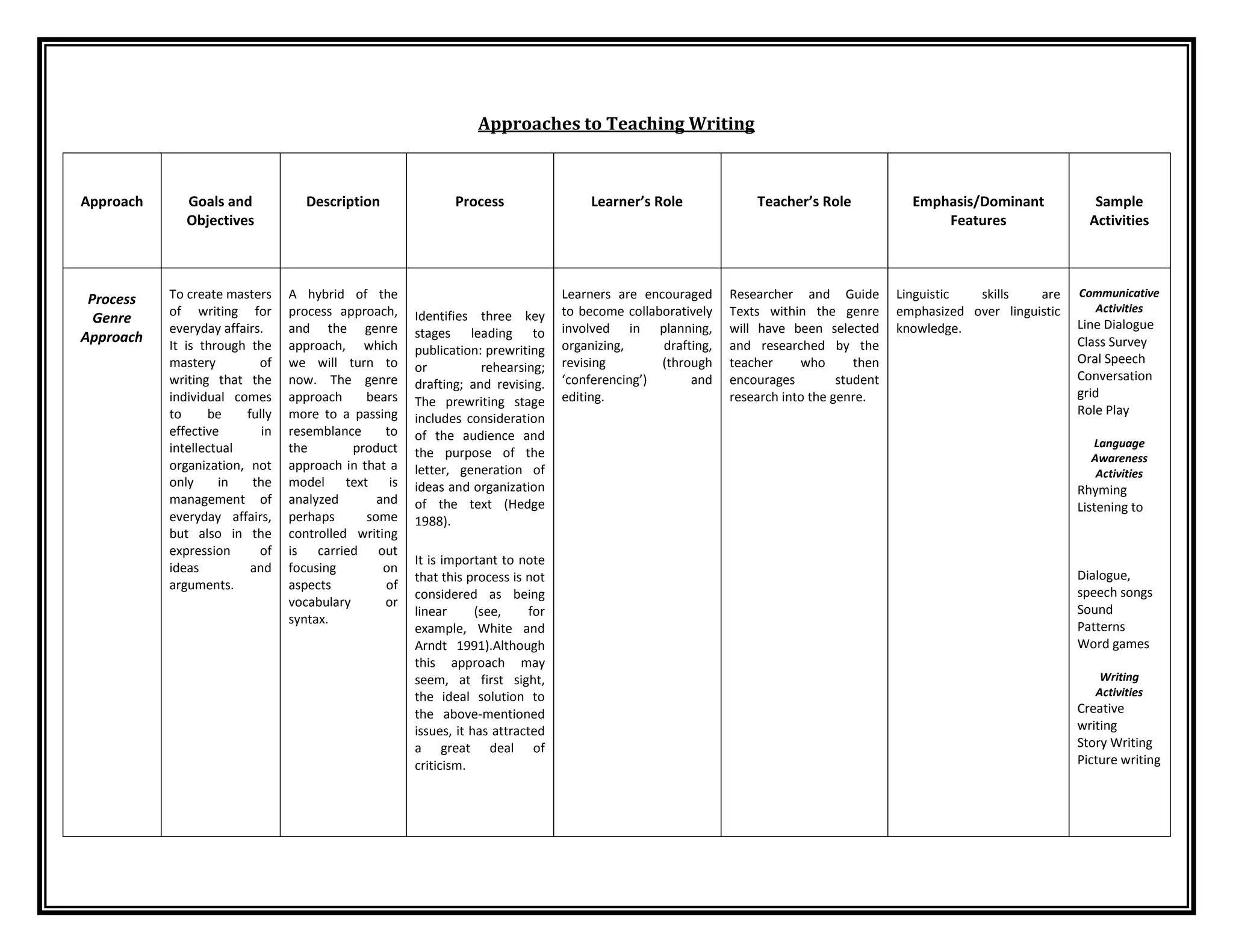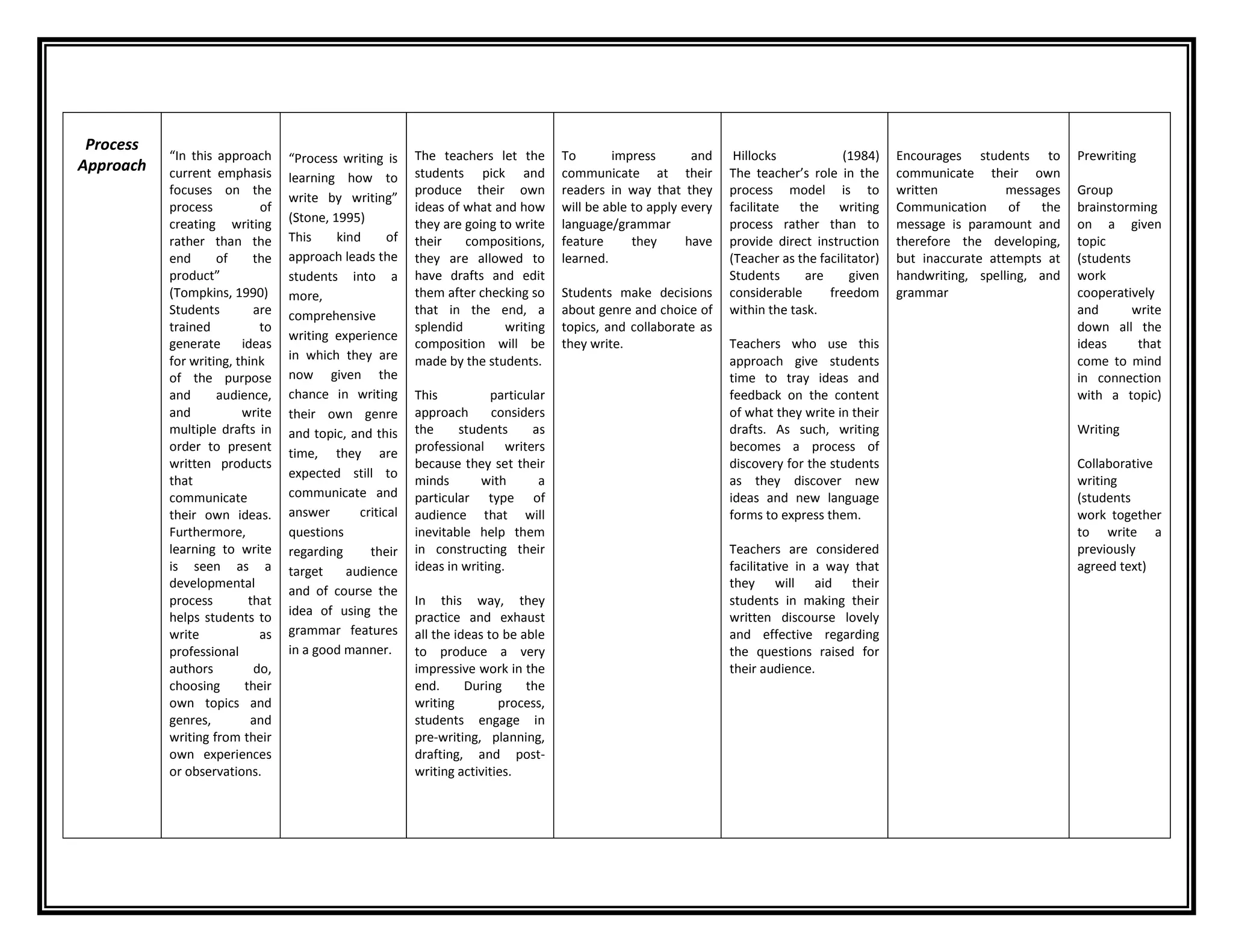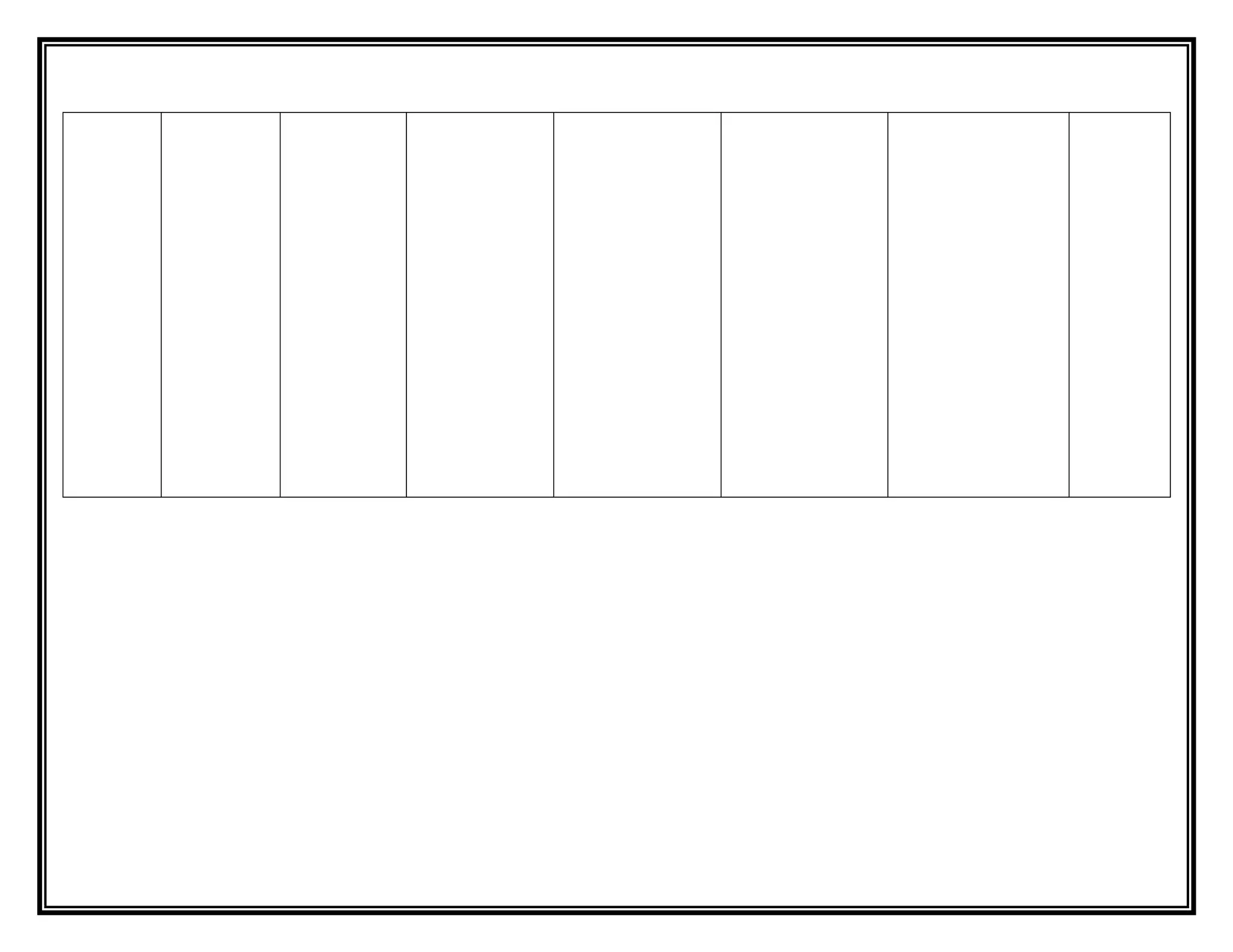The process approach to teaching writing focuses on the writing process rather than the finished product. Students go through stages of prewriting, drafting, and revising to produce written work. The teacher takes on a facilitative role, giving students freedom over topics and providing feedback to help students discover new ideas and language forms. Key aspects of this approach include student choice of topics, collaboration between students, and viewing writing as a developmental process similar to professional authors.



